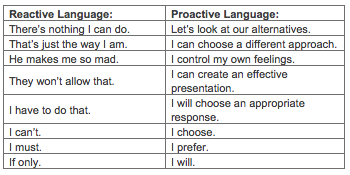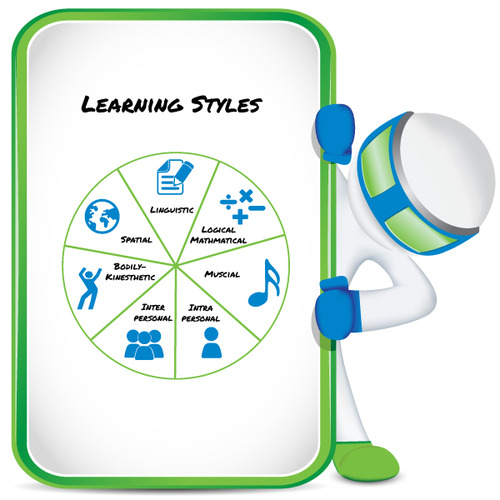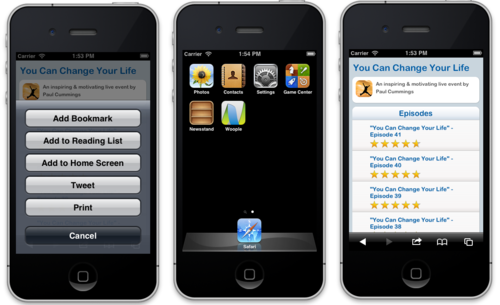Collective Learning - By Lindsay Benitez
Do you enjoy reading and writing, learning new languages, or even tongue twisters? If you do, you may have a strong verbal learning style. This style encompasses both written and spoken words. Someone with a verbal learning style may feel more comfortable putting information in writing and may also have a need to talk about ideas or issues.
Speaking and writing techniques can be used to improve your verbal learning style. For instance, when remembering information, you can put dramatic emphasis on certain words, and act out words or an idea in a theatrical manner. Try using mnemonic devices to recall information. The verbal learning style can be extremely advantageous in regards to online learning because verbal learners gather new information through seeing and hearing words.
In business, you can utilize role-playing techniques to practice internal and external customer relations, sales, and negotiations. You can also try taking long statements or phrases and make them easier to remember by making an acronym out of the first letter of each word in the phrase. Finally, transferring knowledge is helpful in any organization, and verbal learners have the ability to learn new information and teach others what they have learned.
Remember that we all use multiple learning styles, and the key is to identify which one is most natural for us as individuals. Observe which techniques help you learn and retain information the most effectively.
Powered by Woople
Copyright 2013 P.D.C.W.W.E. Inc.





